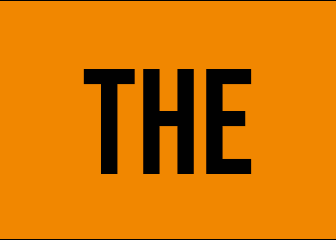The Environment Agency has said it doesn’t have any documentary guidance for inspectors looking for illegal waste.
In a Freedom of Information request from REB Market Intelligence to the Environment Agency, it explained the process of how it determines whether material is legal or not and how it defines whether contamination is minimal or not.
The response said: “Officer judgment plays a factor in the initial assessment of a shipment. Officers make judgment based on their training and experience to identify shipments that do not meet the requirements set out in legislation.
“We have measures in place to review the decisions made by officers on whether a shipment meets the requirements, or not, to ensure consistency.
“During an initial inspection officers would need ‘reasonable grounds’ to suspect an offence. Sampling and analysis may be used during further investigation for evidential purposes and to prove an offence.
“Ultimately it is for the court to decide if an offence has been committed using the evidence presented as part of an investigation. In an investigation we would look to show that any contamination was not minimal, and therefore an offence has been committed, by highlighting the volume, weight, or hazardous properties compared to the declared material type.”
It went on to add that “No 2 shipments are the same so it would be impossible to develop and maintain a process document which covers every scenario”. The Environment Agency gave the example that under the EN643 standard there are 57 grades of paper bales, and that it would be “extremely difficult to provide a policy for assessing each bale type” and “we rely on the principles of assessing contamination which can be applied in any situation”.
When asked after this to provide any documents of how it determines whether material destined for recycling abroad is considered legal or illegal, it responded: “We do not hold any documents regarding this.”
In the request, the Environment Agency was also asked how it defined de minimis when it comes to contamination. It responded:
“We do not set levels of acceptable contamination.
“The criteria used is as follows:
“A waste which you intend to export under green list waste controls must:
- not be prohibited
- not need to be shipped under notification controls
- not contain hazardous waste
- be properly sorted before loading, meaning that the sorting process removes contaminants to the point where any remaining contamination is so small as to be minimal and does not prevent the waste from being classified as green list waste
- If the waste still has more than minimal contamination after it has been sorted, then you may need to ship it under notification controls or it may be prohibited for export.”
A question was also asked on how judgment was made on whether a bale was contaminated or not during the sampling and analysis process if there is not a percentage criteria. The response was:
“Contamination is any material other than the specified waste to be exported, for example any material other than waste paper in a waste paper load. It would be an officers judgment whether the contamination is sufficient severity to stop a load from being exported.”




